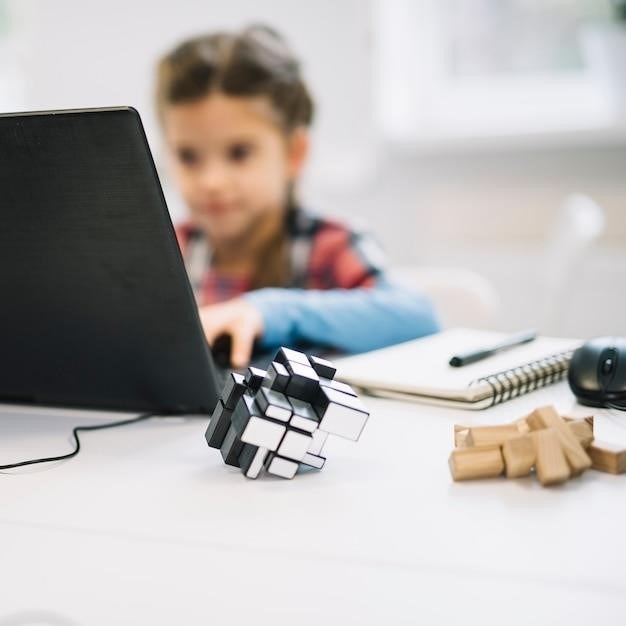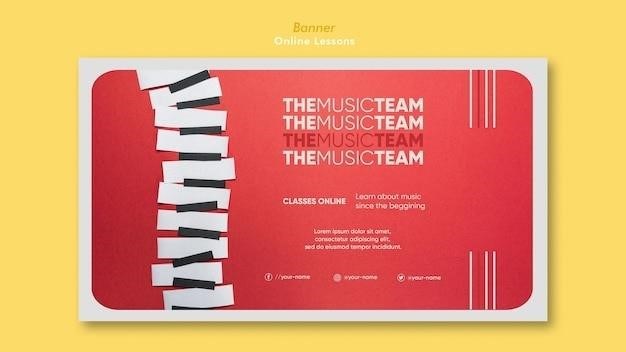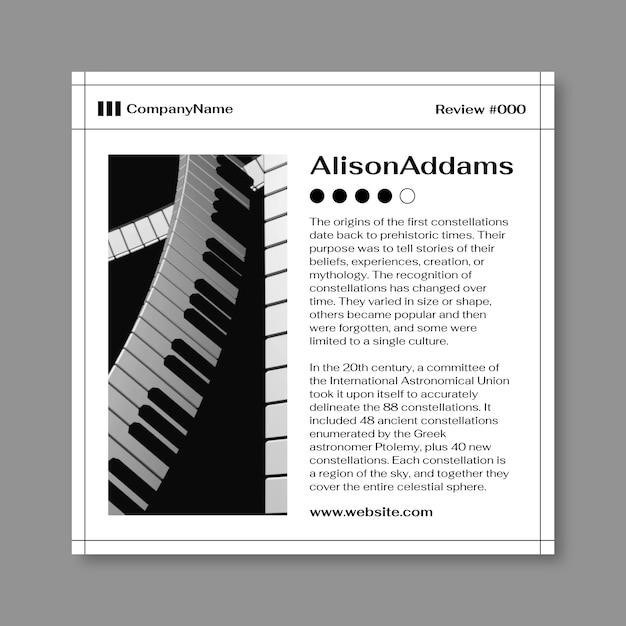Confessions of a Mask⁚ An Exploration
Confessions of a Mask is a powerful novel that explores the complexities of identity, sexuality, and societal norms in post-war Japan․ It delves into the inner turmoil of Kochan, a young man grappling with his burgeoning attraction to men in a society that considers homosexuality taboo․ Through Kochan’s journey, the novel unveils the psychological impact of repression, the role of fantasy and imagination, and the search for authenticity in a world of masks and expectations․
A Look into the Life of Kochan
Kochan, the protagonist of Confessions of a Mask, is a young man grappling with his sexuality in a society where homosexuality is deeply stigmatized․ He is a sensitive and introspective individual, often feeling alienated from his peers due to his physical frailty and his inability to engage in the athletic activities that define masculinity in his social circle․ His burgeoning attraction to men becomes a source of internal conflict, leading him to repress his desires and seek refuge in fantasy․ Kochan’s internal struggles are amplified by the societal pressures he faces․ He lives in a world where conformity and outward appearances are paramount, and the weight of these expectations weighs heavily on him․ The novel delves into his internal world, revealing his yearning for acceptance and his struggle to reconcile his true self with the societal norms he feels compelled to adhere to․
The Significance of Confessions of a Mask
Confessions of a Mask holds significant literary and cultural importance․ It broke new ground in Japanese literature by addressing the taboo subject of homosexuality with a level of honesty and vulnerability that was unprecedented at the time․ The novel’s frank portrayal of Kochan’s internal struggles resonated with readers, offering a glimpse into the hidden lives and experiences of individuals grappling with their sexual identity in a society that often demanded conformity and repression․ Furthermore, Confessions of a Mask transcended the boundaries of a mere coming-of-age story․ It became a powerful exploration of the human condition, touching upon themes of identity, self-discovery, and the challenges of reconciling one’s true self with societal expectations․ Its enduring relevance lies in its timeless exploration of the human experience, regardless of cultural or historical context․
Homosexuality in Post-War Japan
Confessions of a Mask provides a poignant reflection of the social climate surrounding homosexuality in post-war Japan․ The novel depicts a society where same-sex attraction was largely taboo and often met with societal disapproval, if not outright condemnation․ Homosexuality was not openly discussed, and individuals struggling with their sexual orientation were often forced to live in secrecy, fearing social ostracism and potential consequences․ Mishima’s work sheds light on the internal struggles of individuals navigating this restrictive environment, where the pressure to conform and maintain a facade of normalcy could be overwhelming․ Confessions of a Mask thus became a voice for those silenced by societal norms, offering a glimpse into the hidden lives and anxieties of individuals grappling with their sexual identity in a society where acceptance and understanding were scarce․
The Mask of Propriety
In Confessions of a Mask, the titular “mask” represents the facade of normalcy and conformity that Kochan feels compelled to wear․ He lives in a society where outward appearances hold immense importance, and where deviating from established norms can lead to social isolation․ Kochan’s attraction to men runs counter to the expectations of his family, peers, and the broader society․ He feels a constant pressure to suppress his true self, to hide his desires behind a mask of propriety that allows him to blend into the conventional fabric of his world․ This “mask” becomes a symbol of the internal conflict he faces—the struggle between his authentic self and the societal pressures that demand conformity․ The novel poignantly explores the psychological toll this constant act of suppression takes on Kochan, highlighting the inherent loneliness and alienation that can accompany the need to conceal one’s true identity․

The Psychological Impact of Repression
Confessions of a Mask delves into the profound psychological consequences of repressing one’s true self․ Kochan’s constant struggle to conceal his homosexuality takes a toll on his mental and emotional well-being․ He experiences feelings of isolation, shame, and self-loathing․ His internal conflict manifests in various ways, including obsessive thoughts, self-destructive behavior, and a growing sense of alienation from others․ The novel explores how the pressure to conform can lead to a distorted sense of self, as individuals attempt to suppress their authentic desires and emotions to fit into societal expectations․ Mishima uses Kochan’s experience to illustrate the damaging effects of repression, highlighting the importance of embracing one’s true self, even in the face of social disapproval․
The Role of Fantasy and Imagination
Confessions of a Mask highlights the complex role of fantasy and imagination in Kochan’s life․ He finds solace in daydreams and fantasies, creating elaborate narratives in his mind to cope with the realities of his repressed desires․ These fantasies often involve idealized versions of men, blurring the lines between reality and imagination․ While these fantasies provide temporary escape, they also contribute to his internal conflict, as he struggles to reconcile his idealized desires with the limitations of the real world․ Mishima’s exploration of Kochan’s fantasies sheds light on the way imagination can both empower and trap individuals, offering a refuge from societal constraints but also fueling a sense of isolation and longing․ The novel ultimately suggests that while fantasy can be a coping mechanism, it is essential to find a balance between imagination and reality to achieve a sense of wholeness and authenticity․
The Influence of Art and Literature
Art and literature play a pivotal role in shaping Kochan’s understanding of himself and the world around him․ He finds resonance in works that depict themes of desire, beauty, and the struggle for self-expression․ Specifically, his fascination with the painting of St․ Sebastian, a martyr pierced with arrows, reflects his own feeling of being trapped and tormented by his inner desires․ This artistic imagery becomes a powerful symbol for Kochan, allowing him to connect with the idea of suffering and sacrifice in the pursuit of self-discovery․ Moreover, Kochan’s love for literature, particularly works that deal with themes of homosexuality, provides him with a sense of connection and validation․ Through these artistic expressions, Kochan finds a language to articulate his own experiences, even if they are not openly accepted by society․ Mishima’s novel emphasizes the vital role of art and literature in providing individuals with a space for self-exploration and understanding, particularly in a society where personal expression can be stifled․

The Themes of Identity and Self-Discovery
At its core, Confessions of a Mask is a profound exploration of identity and self-discovery․ Kochan’s journey is one of grappling with his burgeoning attraction to men, a reality that clashes with the societal norms of post-war Japan․ He is tormented by the conflict between his true desires and the expectations placed upon him․ The novel delves into the struggle to reconcile one’s inner truth with the pressures of conforming to societal expectations․ Kochan’s journey is not simply about coming to terms with his sexuality but also about finding his own authentic voice in a world that seeks to silence him․ Mishima masterfully portrays the complexities of self-discovery, highlighting the constant tension between the individual and the collective, the yearning for acceptance, and the ultimate quest for authenticity․ Through Kochan’s experiences, the novel invites readers to reflect on their own journeys of self-discovery and the challenges of embracing one’s true self in a world that often demands conformity․
The Impact of Social Norms
Confessions of a Mask powerfully depicts the crushing weight of social norms on an individual struggling with their identity․ Set in post-war Japan, the novel showcases a society where homosexuality was deeply taboo, a reality that significantly shapes Kochan’s experiences․ The pressure to conform to traditional expectations of masculinity and heterosexuality weighs heavily on him, forcing him to live a double life, concealing his true self behind a mask of societal acceptability․ The novel reveals the psychological toll of living in such a restrictive environment, highlighting the internalized shame and self-loathing that can arise from suppressing one’s true nature․ Mishima’s work poignantly captures the suffocating impact of social norms on individuals who deviate from societal expectations, exposing the damaging consequences of a culture that denies the full spectrum of human experience․
The Challenges of Coming to Terms with Oneself
Confessions of a Mask vividly portrays the arduous journey of self-discovery and the challenges faced in coming to terms with one’s true identity․ Kochan, the protagonist, grapples with his burgeoning attraction to men, struggling to reconcile his desires with the societal expectations surrounding him․ His internal conflict is amplified by the stifling social norms of post-war Japan, where homosexuality was considered taboo and shameful․ The novel explores the inner turmoil of a young man struggling with his sexuality, highlighting the confusion, anxiety, and guilt that often accompany the process of self-acceptance․ Through Kochan’s experiences, Mishima captures the profound emotional and psychological difficulties that individuals can face when confronting their own identity, particularly in a society that offers limited support and understanding․
The Importance of Authenticity
Confessions of a Mask underscores the profound importance of authenticity in navigating the complexities of life․ Kochan’s struggle to reconcile his true self with societal expectations highlights the inherent human need to live truthfully and authentically․ The novel emphasizes the detrimental effects of suppressing one’s true identity, both emotionally and psychologically․ By choosing to conceal his desires behind a “mask,” Kochan experiences a deep sense of alienation and inner conflict․ Ultimately, the novel suggests that true fulfillment and happiness lie in embracing one’s authentic self, even in the face of societal pressures and prejudices․ It encourages readers to recognize the value of self-acceptance and the importance of living in accordance with one’s true nature, regardless of societal norms․
The Legacy of Confessions of a Mask
Confessions of a Mask has left an enduring legacy in both Japanese literature and global discussions on sexuality and identity․ Published in 1949, it became a groundbreaking work, challenging societal norms and sparking important conversations about homosexuality in Japan․ The novel’s frank portrayal of a young man’s internal struggles with his sexuality resonated with readers, contributing to a shift in attitudes towards LGBTQ+ issues․ Confessions of a Mask has been widely translated, securing its place as a significant literary work that continues to be studied and debated․ It remains a powerful reminder of the ongoing need for acceptance and understanding of diverse identities and sexualities, inspiring generations of readers to embrace their own authentic selves․
The Enduring Relevance of the Novel
Despite being written in the mid-20th century, Confessions of a Mask remains remarkably relevant today․ The novel’s exploration of societal pressures, the struggle to reconcile personal desires with societal expectations, and the challenges of coming to terms with one’s identity continue to resonate with readers across generations and cultures․ The themes of self-discovery, societal conformity, and the search for authenticity are timeless and universal, making the novel’s message enduringly powerful․ Confessions of a Mask serves as a powerful reminder that the journey of self-acceptance is a universal human experience, transcending time and cultural boundaries, and continues to inspire conversations about identity, sexuality, and the enduring search for one’s true self․































Leave a Comment